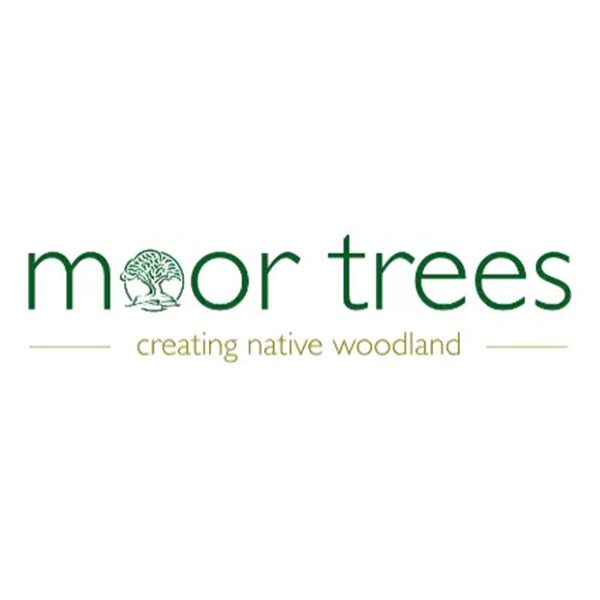Your Guide To Understanding Sweet Chestnut Blight
Sweet chestnut blight, caused by the fungus Cryphonectria parasitica, poses a significant threat to chestnut trees across the UK. This disease is known for the widespread damage it inflicts on both the landscape and economy, particularly in areas where chestnut trees are prevalent.
Recognising the early signs of sweet chestnut blight and taking timely action can make a considerable difference in managing this disease.
At Kneebone Trees, we are committed to providing professional and passionate care for afflicted chestnut trees, ensuring their health and longevity through expert knowledge and quality workmanship.
The Severity of Sweet Chestnut Blight
When sweet chestnut blight strikes, it doesn’t only damage the trees. As a major threat to the environment, it wreaks havoc on the local biodiversity, affecting the habitat of numerous species that rely on these trees for their survival.
Economically, the blight harms industries that rely on chestnut timber, impacting livelihoods.
Early Signs of Sweet Chestnut Blight
The impact of sweet chestnut blight on chestnut trees can be devastating. The disease can cause severe dieback, weaken the tree dramatically, and eventually lead to mortality.
Besides the direct impact on individual trees, outbreaks can significantly affect ecosystems and economies, particularly in regions where chestnut trees are a major component of forestry operations, or contribute to local biodiversity.
Identifying sweet chestnut blight early is crucial for effective management. Some common signs include:
- Wilting and yellowing of leaves, which remain attached to the tree
- Cankers, or sunken areas, on the bark that may ooze orange fruiting bodies
- Die-back of branches from the tips downward
Should you notice any of these signs in your chestnut trees, it’s essential to act promptly to limit the spread and impact of the disease.
What Does Sweet Chestnut Blight Look Like?
Sweet chestnut blight is identifiable by several key symptoms, like those above.
Initially, the disease manifests through orange-brown cankers on the bark of the tree, which often ooze an orange-brown liquid in wet conditions.
As the disease progresses, these cankers girdle the branches or trunk, effectively choking the tree and preventing nutrients and water from moving beyond the infected area.
This leads to wilting and dieback of the foliage above the cankers, and in severe cases, the death of the tree.
Infected trees may also exhibit epicormic shoots, small sprouts that emerge below the affected areas.
How Does Sweet Chestnut Blight Happen?
The transmission of sweet chestnut blight primarily occurs through airborne fungal spores, which invade the chestnut trees through wounds in the bark.
Once the spores germinate, they release toxins that kill the tree tissues, leading to the formation of cankers and the eventual death of the tree if left untreated.
Plants Affected
Primarily, sweet chestnut blight affects species of the genus Castanea, including American chestnut (Castanea dentata), European chestnut (Castanea sativa), Chinese chestnut (Castanea mollissima), and Japanese chestnut (Castanea crenata).
However, the disease has also been observed affecting other tree species, albeit to a lesser extent.
Geographic Prevalence
Historically, sweet chestnut blight has caused widespread devastation in North America, where it virtually eliminated the American chestnut as a dominant forest species in the early 20th century.
The disease is also present in Europe and parts of Asia, posing a continuous threat to chestnut cultivation and forest ecosystems in these regions.
Environmental conditions such as humidity and temperature play a significant role in the spread and severity of the disease.
Treating and Managing Sweet Chestnut Blight
At Kneebone Trees, we understand the devastation that sweet chestnut blight can cause, and we are fully prepared to manage this disease. Our professional team offers comprehensive diagnostic services, accurate identification, and treatment plans.
Managing sweet chestnut blight involves several strategies, focusing on prevention, control, and research into disease-resistant chestnut varieties.
Here are some of the most effective measures:
Sanitation and Quarantine
Removing and destroying infected trees and plant materials can help prevent the spread of the disease. Quarantine measures can also restrict the movement of potentially infected materials into uninfected areas.
Chemical Treatment
Fungicides may offer some control when applied to cankers, although their practicality and effectiveness can vary.
Biological Control
The use of hypovirulent strains of Cryphonectria parasitica has shown promise in reducing the severity of the disease.
These strains infect the harmful fungus but cause less damage to the tree, allowing infected chestnut trees to recover and survive.
Breeding Resistant Varieties
Intensive breeding programmes aim to develop chestnut varieties that are resistant or tolerant to the blight, offering hope for the future re-establishment of these trees in affected regions.
Immediate Course of Action For Sweet Chesnut Blight
At Kneebone Trees, we can offer immediate solutions to sweet chestnut blight and other tree diseases that may be impacting your landscape.
Upon confirmation of the disease, we meticulously prune infected limbs and, if necessary, remove severely affected trees to prevent further spread. Moreover, we apply fungicides where permissible under UK laws.
However, since prevention is better than cure, we advocate for preventive measures.
For instance, we provide advice on proper tree spacing and air circulation, which are essential steps in preventing the disease’s development and spread.
When removal becomes inevitable, we stand ready with our restoration and replanting services.
We ensure the continuity of the chestnut trees’ presence on your property by planting disease-resistant varieties, thus offering you long-term solutions.
How We Can Help: Tree Services Near Me
With our deep, expert knowledge of tree diseases like sweet chestnut blight, we confidently diagnose, treat, and manage affected trees with utmost precision ensuring the safety of your property.
We offer a range of tree services in the region that can aid with tree diseases and similar issues, such as:
Diagnostic Services
Our experienced team provides thorough inspections and diagnostics, ensuring accurate identification of sweet chestnut blight among other possible tree diseases.
Treatment Plans
Upon confirmation of the disease, Kneebone Trees develops customised treatment plans that may include pruning of infected limbs, careful removal of severely affected trees to prevent spread, and application of fungicides where appropriate and permissible under UK regulations.
Preventive Measures
Besides direct treatments, we advocate for and implement preventive measures to safeguard your chestnut trees from future infestation.
This includes advice on proper spacing and air circulation, as well as regular health checks as part of our comprehensive tree care services.
Restoration and Replanting
In cases where removal is necessary, we offer replanting services with disease-resistant varieties to ensure the continued presence and benefits of chestnut trees on your property.
Why Choose Kneebone Trees?
Our team at Kneebone Trees combines passion with professionalism to offer unparalleled tree care services.
We take pride in our workmanship, ensuring that every task is completed with utmost quality and consideration for the health of your trees and the safety of your property.
With a deep understanding of tree diseases, including sweet chestnut blight, we are confident in our ability to diagnose, treat, and manage affected trees with expert precision.
Contact Us
For more information on managing sweet chestnut blight or to schedule a consultation with one of our experts, please contact us today.
Protecting the health and beauty of your chestnut trees is our top priority. Trust Kneebone Trees for expert advice, treatment, and preventative care.
Together, we can ensure the longevity and vibrancy of your cherished trees.























